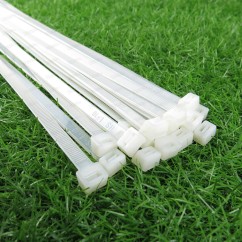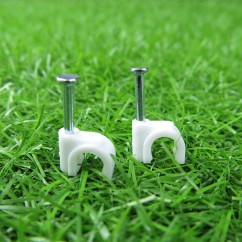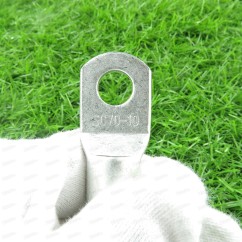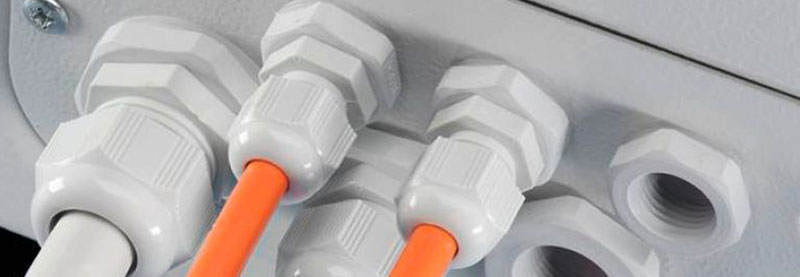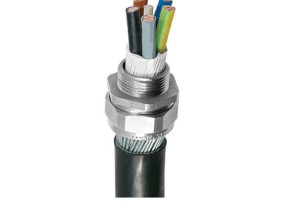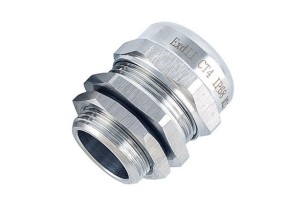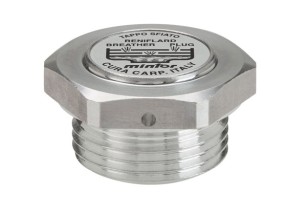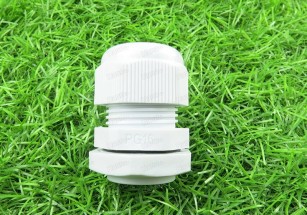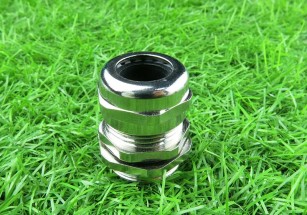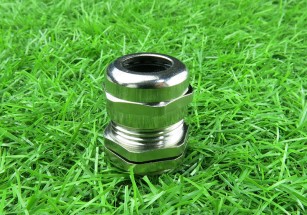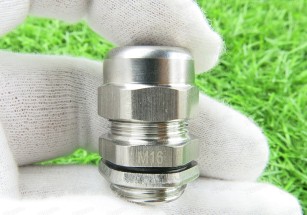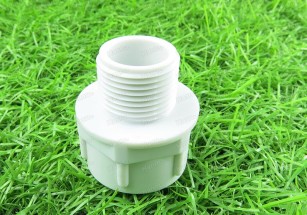Cable Gland (in the U.S. more often known as a cord grip, strain relief, cable connector or fitting) is a device designed to attach and secure the end of an electrical cable to the equipment . Cable Gland provides strain-relief and connects by a means suitable for the type and description of cable for which it is designed including provision for making electrical connection to the armour or braid and lead or aluminium sheath of the cable, if any. Cable Glands may also be used for sealing cables passing through bulk heads or gland plates.
Cable glands are mechanical cable entry devices. They are used throughout a number of industries in conjunction with cable and wiring used in electrical instrumentation and automation systems. Cable glands may be used on all types of electrical power, control, instrumentation, data and telecommunications cables. They are used as a sealing and termination device to ensure that the characteristics of the enclosure which the cable enters can be maintained adequately. Cable glands are made of various nylon , steel, brass or aluminum. Glands intended to resist dripping water or water pressure will include synthetic rubber or other types of elastomer seals. Certain types of cable glands may also serve to prevent entry of flammable gas into equipment enclosures, for electrical equipment in hazardous areas.
Although cable glands are often called “connectors”, a technical distinction can be made in the terminology, which differentiates them from quick-disconnect, conducting electrical connectors.
There are at least three types of thread standard used:
Panzergewinde (PG standard)
Metric thread ( M Standard)
National Pipe Thread (NPT Standard)
Besides , There are other types such as BSC , G , MG Standard

 Contact
Contact CN
CN